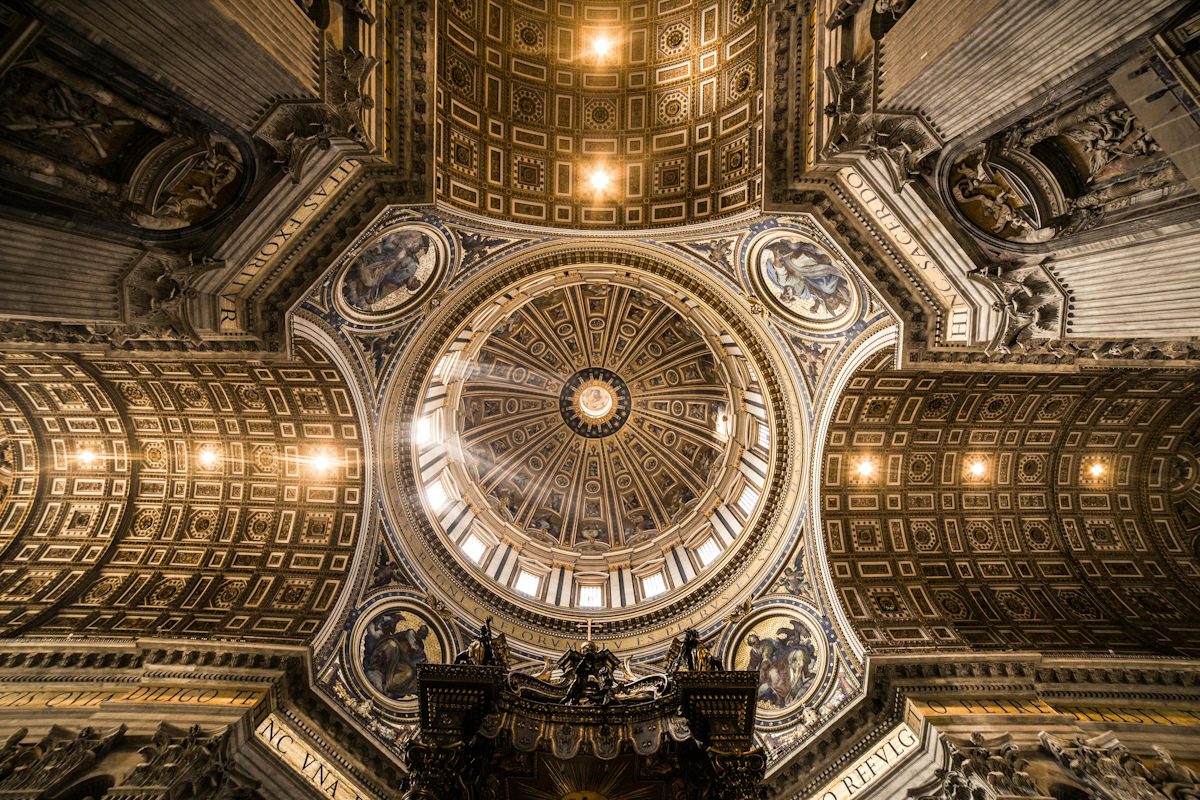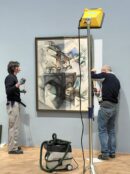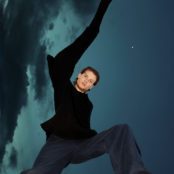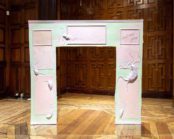The German theologian Paul Tillich served as a soldier in the trenches of the First World War. During his final furlough, amongst the insanity of battle, he turned to magazines and books about art in an effort to find some sanity, some beauty, perhaps even some hope. He was taken by Botticelli’s Madonna with Singing Angels, and after the war travelled to the Kaiser-Friedrich-Museum in Berlin to view the original.
There, he had some kind of ecstatic experience, which he later called a “revelatory ecstasy”. In both his memoir and in a 1955 interview with Parade magazine, he asserted, “Beauty itself… shone through the colours of the paint as the light of day shines through the stained-glass windows of a mediaeval church. I turned away shaken.” So profoundly did Tillich’s experience with this painting affect him, he later wrote that it “brought vital joy and spiritual truth” and gave him “the keys for the interpretation of human existence”.
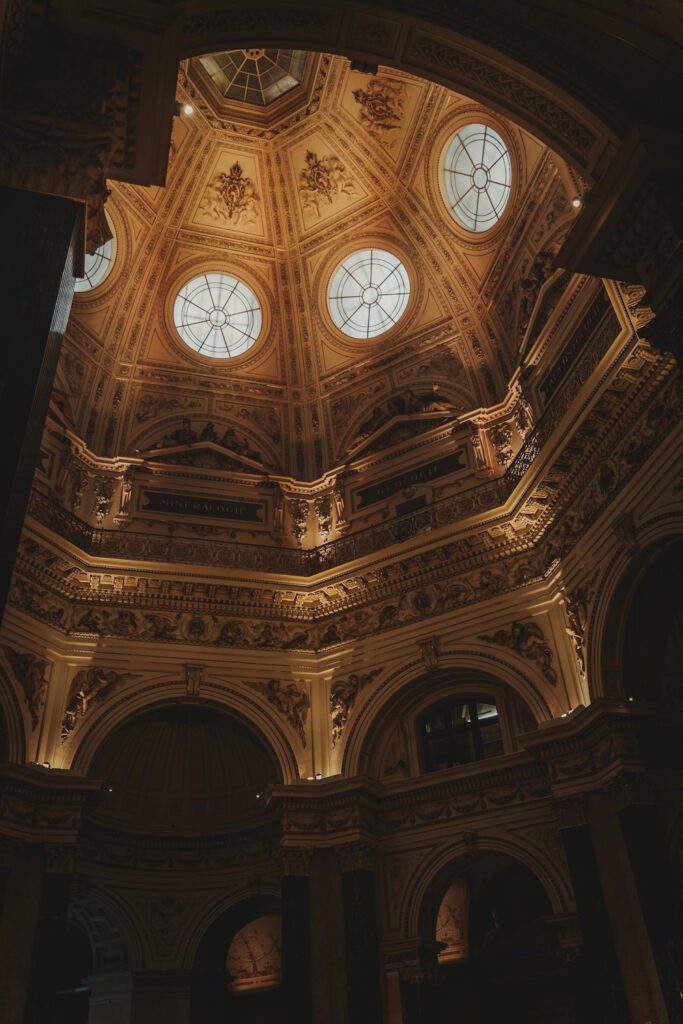
Tillich was deeply affected not so much by the painting’s subject matter but rather by the forms of the colour and their arrangement. His comparison with a stained-glass church window is telling; the experience led Tillich to a richer and deeper mystical form of religious expression than his Protestant upbringing had given him.
“Art is not religion, ‘it doesn’t even lead to religion’. But in the time of distress, which is ours, an age when the gods are missing, the time of absence and exile, art is justified, for it is the intimacy of this distress: the effort to represent through images the fallacy of imagery and eventually the ungraspable, forgotten truth that lies behind this error.” -Maurice Blanchot
More recently, Standing Stones, a collection of neolithic-looking stone furniture by Faye Toogood, was the recipient of Wallpaper magazine’s 2024 Divine Intervention Award. Toogood’s ongoing exploration of domestic shapes that can be both abstract and functional were placed in the sixteenth-century chapel of Chatsworth House in the Peak District. The stone pieces of furniture were conceived to complement the meditative quiet of the chapel and also reference the ancient standing stones not far from the house. “I wanted to retain the quiet, more spiritual feeling within the chapel,” commented Toogood. “For me it is a place to spend time and reflect” (Wallpaper, February 2024).
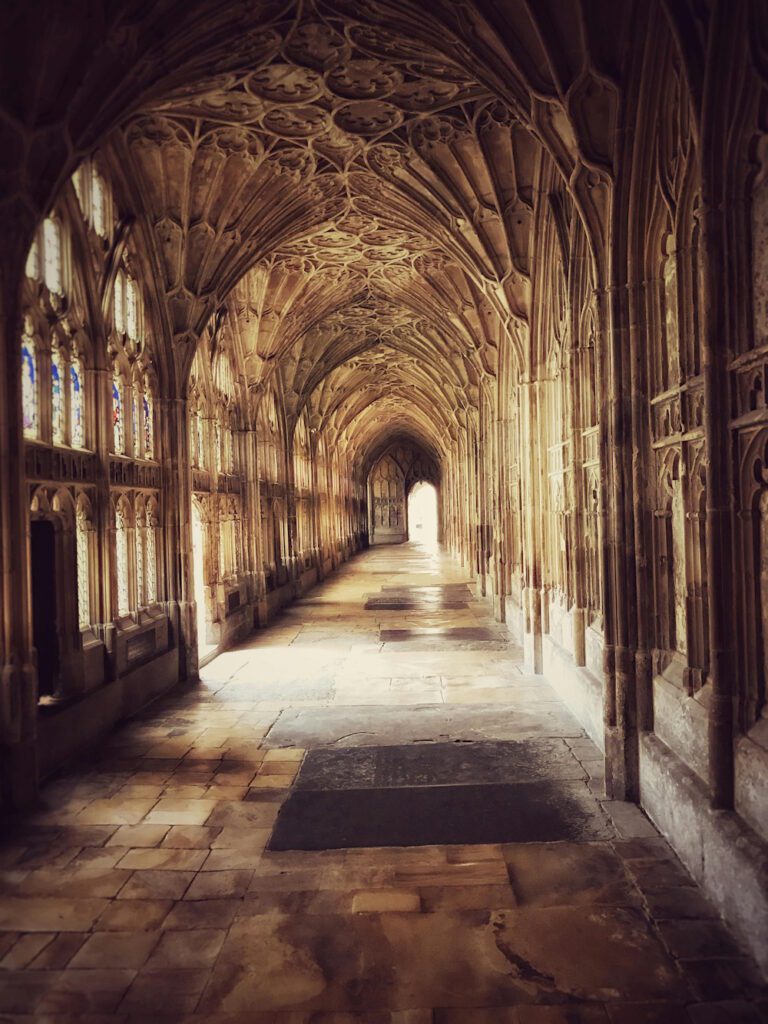
What we find interesting in stories like these are the relationships that happen between works of art and the spaces created for them. Tillich’s encounter with the Botticelli was an unexpected one. He was not prepared for the experience of seeing a work which he had previously only seen in print, and his reaction was akin to a conversion; the painting opened his eyes to new understandings about art, about the world, about life itself. Conversely, Toogood’s creation of sculptural furniture formed from local Purbeck marble, and its placement in Chatsworth House chapel, was intentional and designed to complement the spiritual feeling within the space. Tillich’s experience in Berlin was the encounter of the viewer who, in visiting the museum, experiences a work of art in a profound, even life-changing way. At Chatsworth, Toogood was the artist, the creator, whose work was commissioned by the Cavendish family (owners of the house) to complement the existing environment. It also showcases the artist’s ongoing exploration of domestic shapes, while inviting the viewer to appreciate both the chapel and the spirituality of the local area, found in the surrounding standing stones which existed long before the house was built. In both cases—Toogood and Tillich—art and space generate an effect. Place means something.
In our displaced, disembodied, digital world—where increased mobility, the growing homogeneity of our cities and where we live is overshadowed by a growing sense that everything looks the same everywhere you go. We might wonder about the importance of static space, of place. When our cities are covered with graffiti and street art, when our digital worlds are drowning in images, where access is unlimited and we can see pretty much anything online, is there any real resonance to space, and to art in space in our time?
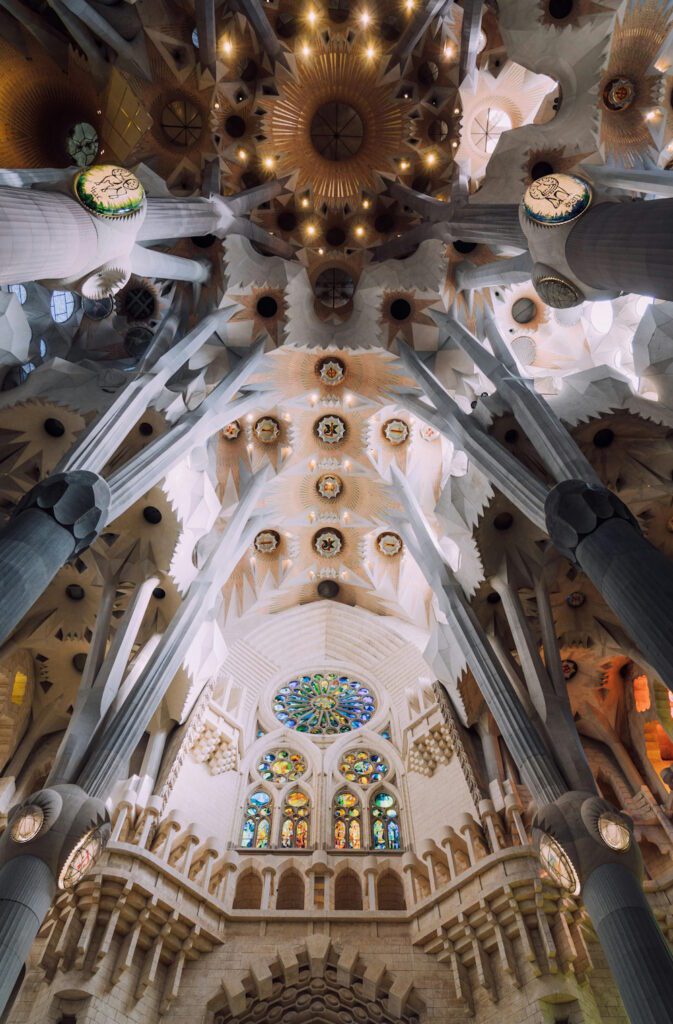
Environmental psychologists argue that there is, and that it may even mean more precisely because of our extremely mobile lives. They speak about what is called ‘place attachment, corroborating the claim made long ago by many philosophers and phenomenologists that a sense of place is a natural condition of human existence. The philosopher Edward Casey writes, “The encroachment of an indifferent sameness-of-place on a global scale to the point when at times you cannot be sure which city you are in, given the overwhelming architectural and commercial uniformity of many cities makes the human subject long for a diversity of places, that is, difference-of-place, that has been lost in a worldwide monoculture based on Western (and more specifically, American) economic and political paradigms… Place brings with it the very elements sheared off in the planiformity of site: identity, character, nuance” (Casey 1997).
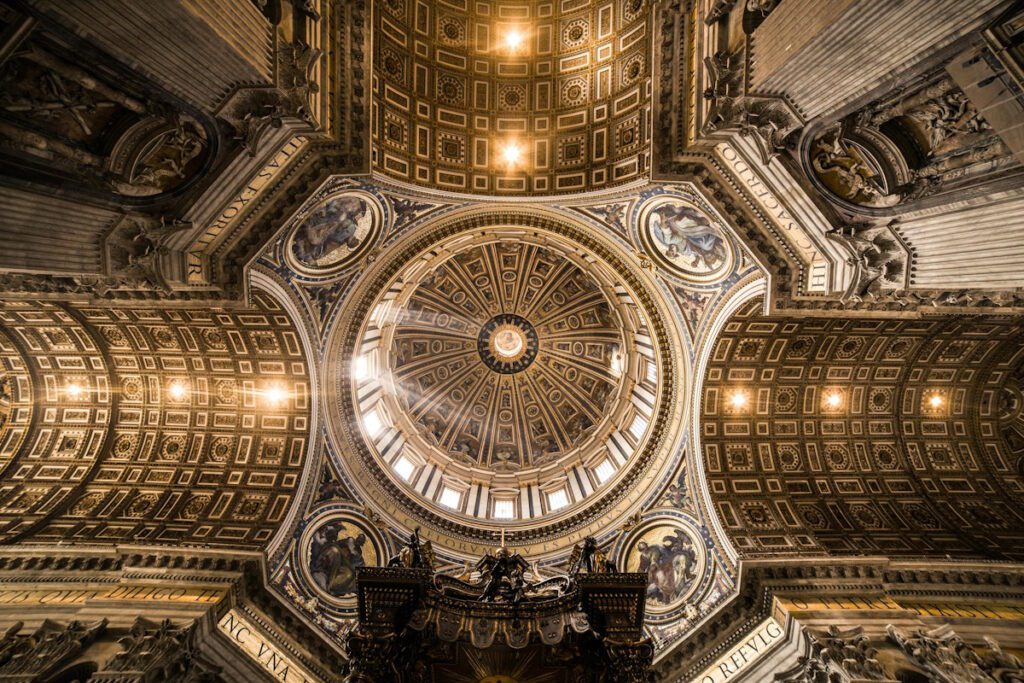
A recent article in the press highlighted the dire state of many of Britain’s almost 40,000 churches as the most pressing heritage challenge as the. Sir Michael Palin, vice-president of the National Churches Trust, said the churches were “a vital and much-loved part of the UK’s history and we need to act now to prevent the loss of tremendously important local heritage” (quoted in The Guardian, 24 January 2024). The need for protection of these buildings was not based on their importance to religious faith or belief, but rather to the national and local heritage of Britain.
People may not go to church for religious devotion, but something about the space still garners interest for many, whether it’s the architecture or the art or simply the opportunity to step into a… (read more in Trebuchet 15)
Read more in
Trebuchet 15: Installation
Featuring:
Installations as theatre
Giuseppe Penone
Michael Landy
Annette Messager
Karolina Halatek
Sounds Art as Installation
Jean Boghossian
Jon Kipps
Chantal Meza
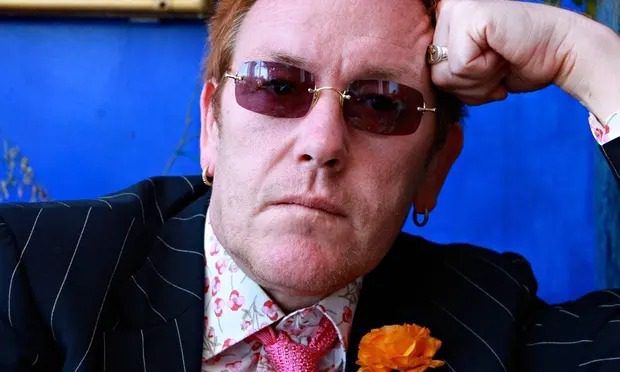
Barry Taylor writes and speaks about the intersections of philosophy, theology and contemporary culture. In past, he was the road manager for AC/DC during the Bon Scott era before becoming a Los Angeles theologian.

